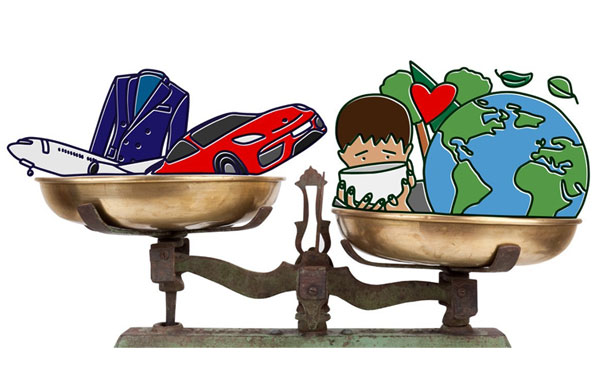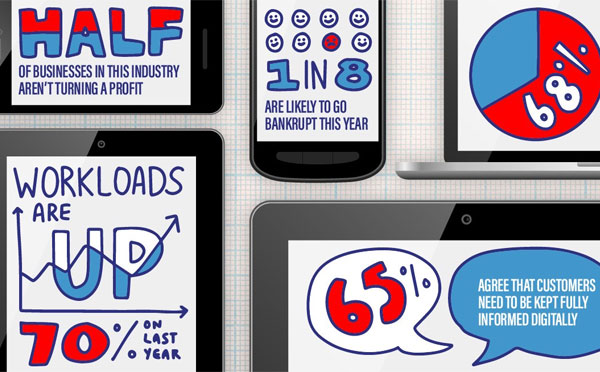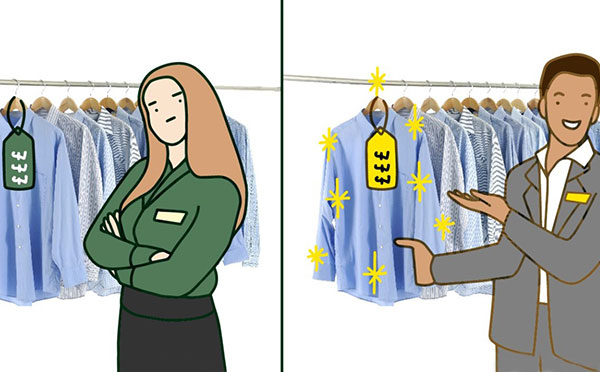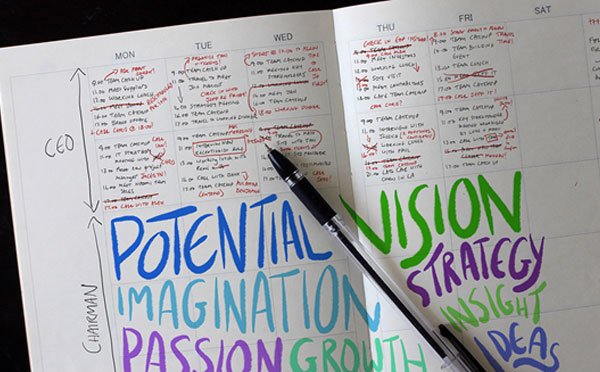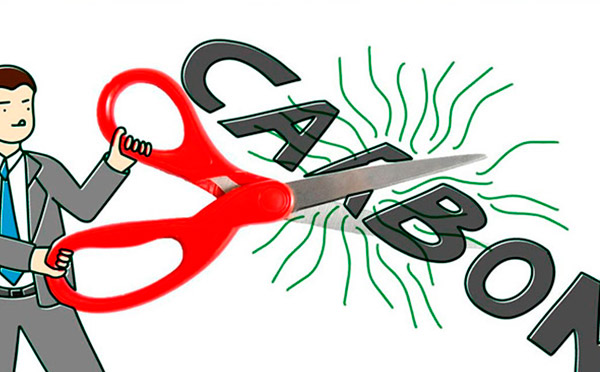The world in 2021 looks very different to the landscape in 2019, doesn’t it? Things that used to denote success and financial freedom – fast cars, luxury clothing, holidays homes all over the world – now leave a sour taste in the mouth.
It has become impossible to ignore the many challenges facing the world right now, from the terrifying impact of climate change to the widening gap between rich and poor.
I believe that this means modern leaders have a new and improved mandate: if you are successful, use it to help others and protect the planet.
I have always been passionate about philanthropy. Charitable giving has been a cornerstone in all of my businesses, and I have always tried to drive positive change, whether that’s through convincing my colleagues to quit smoking, incentivising drivers to cut their speed, or supporting charities and social enterprises, both at home and abroad.
Regular readers of this blog will remember that I wrote about the need to support charities last year: https://www.linkedin.com/pulse/great-charities-need-our-help-bad-ones-dont-martin-port/ . The good news is that the Covid crisis has been a turning point for philanthropy. According to McKinsey, the global consultancy, some of the world’s wealthiest people doubled or quadrupled their pay-out rates last year, while others distributed 20% of their total assets, and others have committed as much as $1bn to COVID-19 relief https://www.mckinsey.com/industries/public-and-social-sector/our-insights/a-transformative-moment-for-philanthropy. But there is so much more that must be done.
The NPC, the think tank for the social sector, counted over 7,440 charity redundancies in 2020 https://www.thinknpc.org/resource-hub/coronavirus-guide/ . As talent left the third sector, the people remaining were forced to concentrate on urgent crises, which meant that many vulnerable people could not access support. These charities need our time and money more than ever.
I feel that it is my moral obligation, as a leader and entrepreneur, to do my bit. This year, I am proud to say that BigChange has supported several charities through donations and also my strategic support. Here are just a few of the causes we have backed this year: Business In The Community, the Yorkshire Children’s Centre, Recycling Lives, Transaid, Living Potential Care Farm, RNID and Speed Of Sight.
When you’re busy building a business, it’s easy to put off charitable giving – you tell yourself you’ll sort it all out another day. But there’s no time to waste. I remember meeting Arnold Ziff OBE, the great philanthropist MHDSRIP, many years ago. He would see a problem and set about solving it straight away: it made him an unstoppable force in social and environmental change. He never stopped helping people, in any way he could, be it an introduction or a donation. https://www.linkedin.com/pulse/how-you-remembered-martin-port/ . He became a legend here in Yorkshire.
Arnold was the person who first convinced me of an important truth: What is the point of being successful if you don’t use that success to make a positive impact in the world?
How could you help save the world today?

